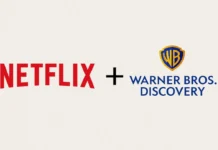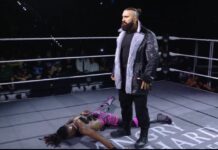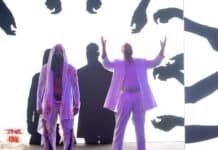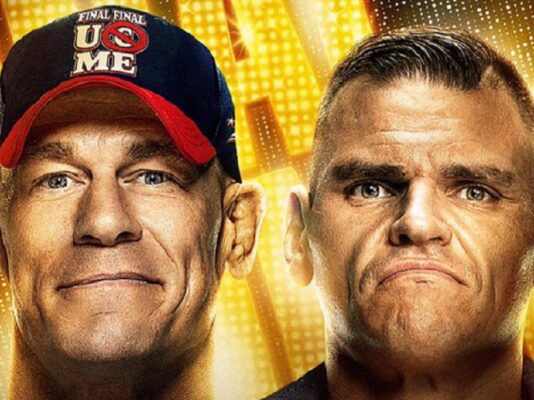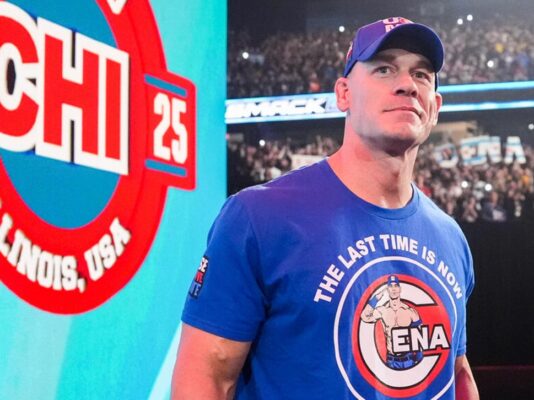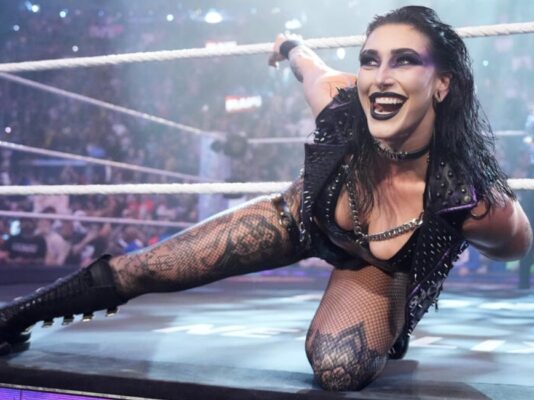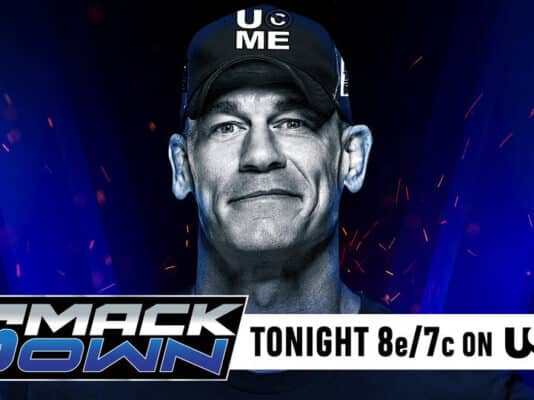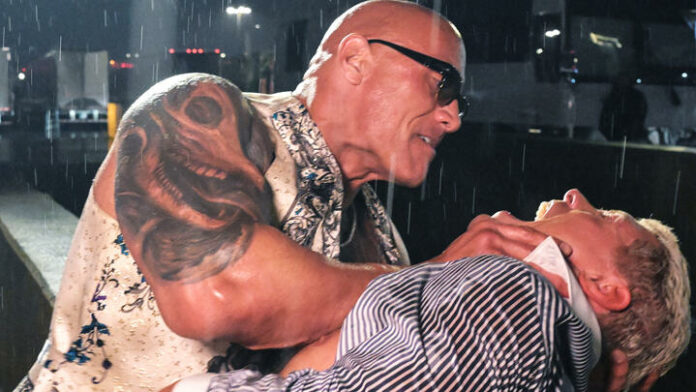
You’ve heard the old pro wrestling trope that “red equals green,” a notion that a bloody rivalry translates to big box office. There were undoubtedly times for professional wrestling, mostly within its regional heyday, that when the crimson flowed, it added an extra level of intensity that made a bout “must see” for fans at the arenas. When Larry Zbyszko turned heel, pummeling his mentor, the legendary Bruno Sammartino, with a wooden chair on television, it was appalling. The fact that he bloodied the iconic Italian hero was unforgivable. “The American Dream” Dusty Rhodes further established his blue collar persona because he was willing to bleed to overcome the villains in his quest for victory. The visual of “Stone Cold” Steve Austin refusing to quit in the sharpshooter as blood streamed down his face was ultimately what cemented the Stone Cold character as the top baby face in the years that followed.
Not surprisingly, when something works in pro wrestling, it will be replicated and usually its too often, thus diminishing its effectiveness. As we know, the Attitude era pushed the envelope, and as much as the mid-card drek doesn’t hold up more than two decades later, a lot of the thrilling main events had blood on a regular basis. Triple H might be seen as the savoir of creative today, but fans were less than enthusiastic about his twenty-minute weekly promos and extended reign of doom in the early-2000s. Obviously, a student of the sport and a fan of the gritty NWA style, many of those Triple H pay-per-view bouts saw him bleed when his championship was on the line.
Of course, when Linda McMahon ran for Senate twice, the company went PG and while it was definitely a move designed to benefit her campaign, there were some positives with the shift in direction. Aside from the fact that it got away from the previously mentioned sleaze of the prior era, it unquestionably opened the door for more main stream sponsors, which is one of the company’s most important revenue streams today. That said, there were also times when the PG approach hindered the product, as the nature of professional wrestling is based on conflict so you can tailor as product, but you can’t reinvent the genre.
The elimination of chair shots to the head was one of the best decisions they company ever made and it should probably be something that is applied across every promotion. The other side of the coin was, the organization eliminated any blood from the shows, even from a hard way cut during a match. If the corporation doesn’t want its performers slicing their head with a razor blade, there’s somewhat of an argument to be made there, even if that method only causes superficial damage, but when matches were stopped because of a hard way cut, especially when the talent were fine to continue the contest, it halted any momentum the match had. A major example of this was Edge vs. Finn Balor at Wrestlemania last year when a stiff ladder shot accidentally gashed Balor’s head open just minutes into the match. His head had to be stapled closed at ringside before the match could continue at the biggest show of the year.
Still, the decision to completely scale it back made the times that blood appeared, particularly when the action was allowed to continue stand out, adding another layer of sizzle to the segment.
The ridiculous legitimate elbow that Brock Lesnar used to slice open Randy Orton at Summer Slam years ago is still mentioned now, even though it was planned for Orton to take a stiff elbow to generate blood. Last year, Brock legitimately rammed his head into the exposed turnbuckle to bleed from a hard way cut during his match with Cody Rhodes at Backlash in Puerto Rico. It would’ve been exponentially easier to use the small cut from the traditional techniques of the blade, but it wasn’t company policy.
However, perhaps with a new board of directors, there are new company guidelines.
As entertaining and compelling as The Rock’s thirty-minute promo segments were on Smackdown and served their purpose to hype WM 40 in a few weeks, it’s fair for the counterpoint to mention that such segments were becoming repetitive after being the standard formula for several weeks. Much of WWE programming has been primarily based on promo segments since The Rock joined the TKO Board of Directors, including the lengthy CM Punk/Drew McIntyre segment on Raw so it’s understandable that the audience wants to see more action to go along with the sizzle of the mic work.
After Cody had roughly twenty minutes on the mic on Monday, he was interrupted by Dwayne Johnson, but The Rock didn’t say anything to the audience, opting to whisper something to Rhodes instead, It created somewhat of a flat opening segment, but at the same time, left some intrigue as to what was said. Thankfully, there was a resolution that was anything but flat at the conclusion of the show. When Cody was brawling backstage with members of The Bloodline, he was attacked by The Rock. The fight slipped outside the arena into the rainy parking lot, allowing for a very gritty and realistic segment. Rhodes was cut during the attack and the blood added the intensity that the angle needed ahead of Wrestlemania. The segment emphasized the violence and was presented in a way that appears to stack the odds against the baby face. As we know, the bigger the odds the baby face can overcome, the bigger the payoff for the victory. Furthermore, the gritty way it was done with The Rock being portrayed as a vicious heel can help sway the crowd to rally behind Rhodes rather than simply be entertained by The Rock’s typical promos.
That’s not to say that the crimson should be added back to WWE as a regular part of programming, but rather saved for big match scenarios like this when it can really put an extra sizzle to the angle. Keep in mind, selling the drama is a key aspect of drawing money in the sports entertainment business. The “good guy” is left bloody in the rain in the parking lot while the powerful villain talks trash as the show goes off the air. It’s simple, but effective. Granted, this is yet another way that the focus is put on The Rock vs. Cody instead of Rhodes vs. Reigns, but with the level of hype this Wrestlemania event is going to generate, you can give the storyline the benefit of the doubt to what direction it goes in the next few months.
So, while this isn’t the return of some Attitude era phase for WWE, it proves that more options, including the use of blood to enhance an angle, should be on the table. At the right place, at the right time, and under the right circumstances, it can be the difference between a good angle and a great angle. The addition of blood shouldn’t be a regular aspect of the program, but in this case, crimson might translate to even more cash for the company.
What do you think? Share your thoughts, opinions, feedback, and anything else that was raised on Twitter @PWMania and Facebook.com/PWMania.
Until next week
-Jim LaMotta
E mail [email protected] | You can follow me on Instagram, Facebook, & Threads @jimlamotta89



